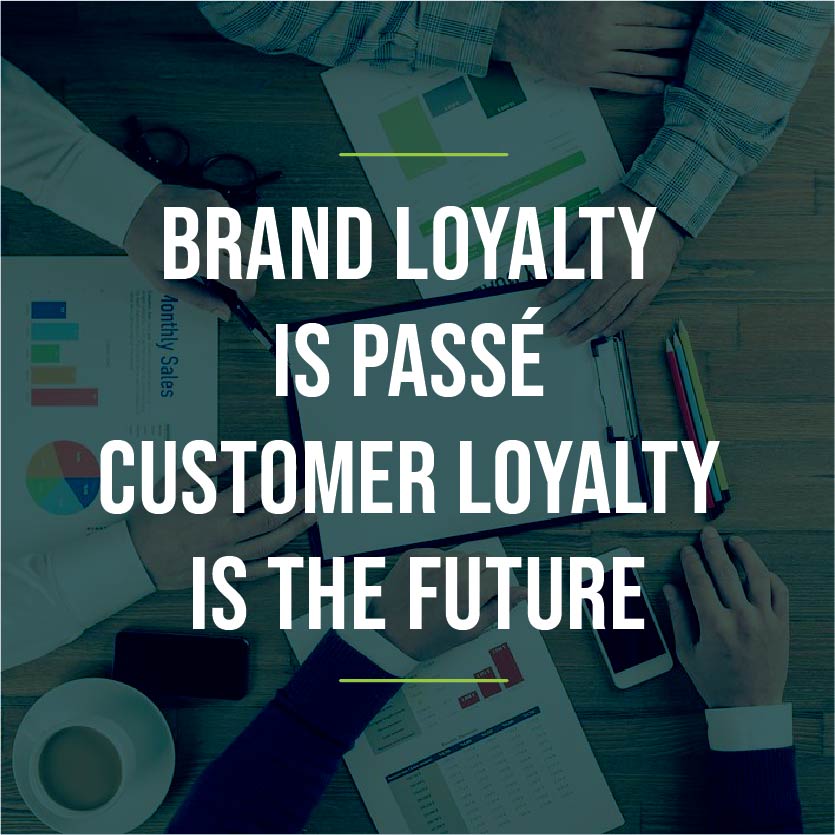The concept of brand loyalty is a dying one. Consider the fact that when you search for a product online, you are bombarded with messages from five to ten brands trying to convince you why they are better than the rest. Sure, there is brand pull and brand salience but after that elimination at least a couple of brands will stay in the race. Then feedbacks, reviews, word of mouth, pricing and offers take over. Where is the space for loyalty? Given this changed scenario marketers face this two-pronged problem:
- Sell today. Sell now.
- How do we ensure that the customer who just bought from me is not hijacked by another brand?
According to a study, 83% of consumers admit paying as much attention to how brands treat them as on the product they sell. The same study states that 73% say they are willing to pay more for a product if they love the brand. These statistics call attention to the fact that customer experience is critical. But what is customer experience and how does a brand deliver a consistent customer experience.
Future growth lies in the value of experiences. We are on the threshold, say authors Pine and Gilmore, of the Experience Economy, of a new economic era in which all businesses must orchestrate memorable events for their customers. This book was first released in 1999. The Experience Economy offers a creative, highly original, and yet eminently practical strategy for companies to script and stage the experiences that will transform the value of what they produce. The authors draw from a rich and varied mix of examples that showcase businesses in the midst of creating personal experiences for both consumers and businesses. Though some examples are dated and not relevant anymore, conceptually they still hold good. The authors urge managers to look beyond traditional pricing factors like time and cost and consider charging for the value that an experience offers.
Automation, real time and personalisation are all buzz words that are doing the rounds but the single most important piece according to me is context. Very few marketers, if any have cracked the context code.
There are several factors that will help marketers navigate the experience and the context code. A few of them are:
- Know your customers’ context and behaviour.
- Get as close as possible to an on-demand system – product choices, offers, convenience and experience
- Behave like a technology company. Customers are not comparing you to your competitor they are comparing you to their best experiences with other brands and services
- Analyse. Learn. Repeat.

Going forward, successful brands will acknowledge that design thinking, marketing and the context in which the customer experience is delivered will be critical to business growth.
